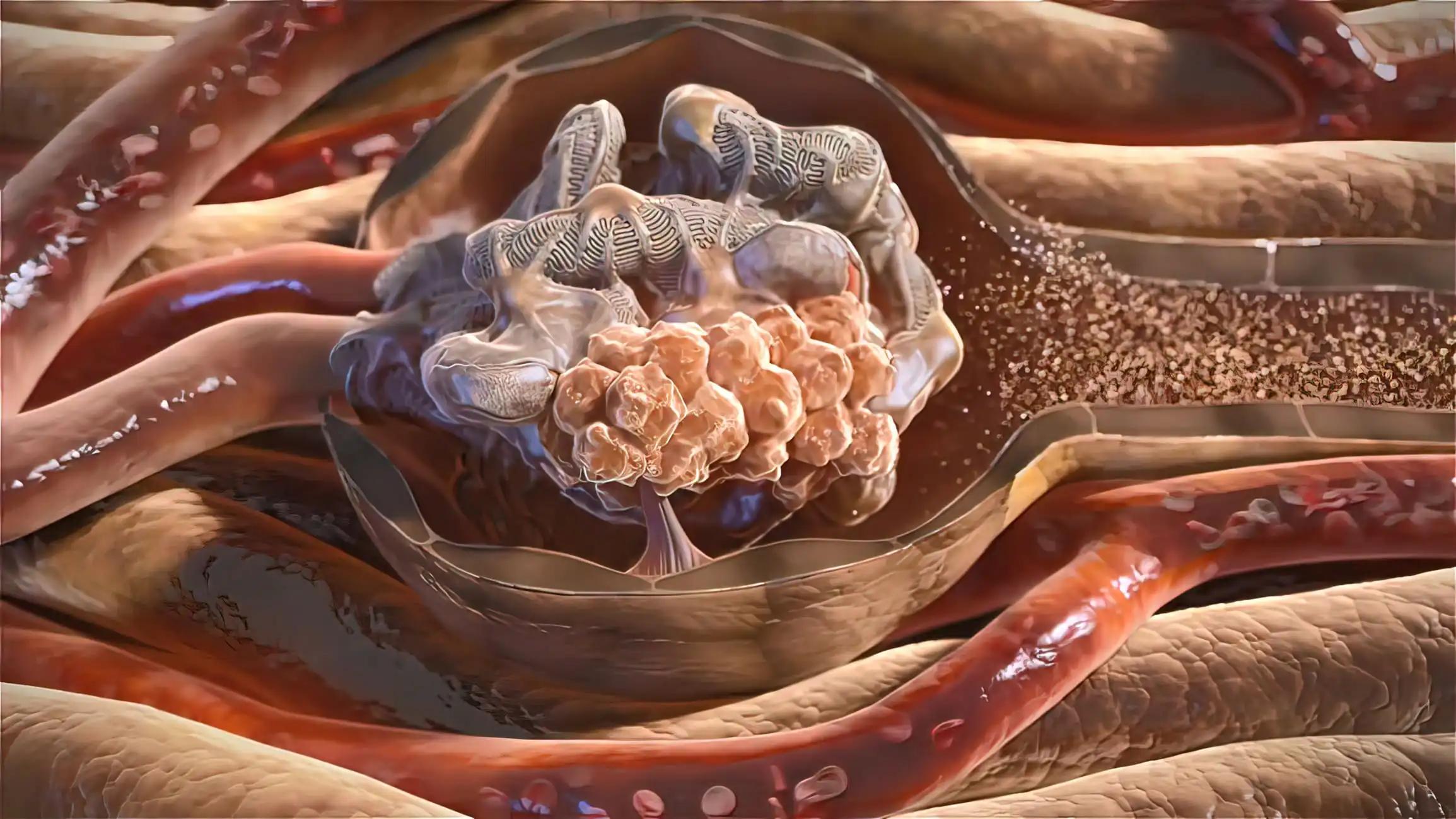KEY TAKEAWAYS
- The ARC-14, ARC-28, & ARC-20 phase 1 trial aimed to investigate the relationship between casdatifan dose, PK, EPO levels, and hemoglobin to guide future clinical dose selection.
- Researchers noticed that a 20 mg daily dose of casdatifan effectively reduces EPO levels, indicating best-in-class potential compared to belzutifan.
Casdatifan, an orally bioavailable small molecule inhibitor of HIF-2α, potently inhibits transcription of HIF-2α-dependent genes in cell lines and preclinical species.
Mohammad Ghasemi and the team aimed to develop an understanding of the relationship between clinical dose, casdatifan PK, erythropoietin (EPO), a PD biomarker for peripheral (non-tumor) HIF-2α inhibition, and hemoglobin particularly in clear cell renal cell carcinoma (ccRCC) and to use this information to guide dose selection in future clinical trials.
They performed an inclusive analysis using casdatifan plasma concentrations, serum EPO concentration, and hemoglobin (Hb) data obtained from 79 healthy participants in 2 phase 1 studies, ARC-14 (NCT05117554) and ARC-28 (NCT05999513), and from 71 patients with ccRCC and other solid tumors in an ongoing phase 1 study, ARC-20 (NCT05536141).
The available PK and PD data were collected following single oral doses of casdatifan ranging from 3 mg to 100 mg in healthy participants, and multiple oral doses of casdatifan ranging from 15 mg to 150 mg once daily (QD) in healthy participants and cancer patients.
Serial PK, EPO, and Hb data were gathered in all study participants pre-dose until the end of treatment. The population PKPD model was developed using mixed effects methodology with NONMEM software to relate dose, PK, and PD (EPO and Hb) data.
About casdatifan, dose-proportional increases in plasma exposure were observed over the 3-150 mg dose range after single and multiple doses. Casdatifan PK demonstrated time invariance in patients, with approximately 2.0-fold accumulation at steady-state compared to the 1 dose. The mean terminal 1/2-life of casdatifan was approximately 24 h, consistent across healthy participants and cancer patients. Dose-dependent reduction in EPO was evident following both single and multiple doses in these groups.
A 2-compartment model with 1-order absorption adequately described casdatifan plasma PK across the tested dose range. The relationship between casdatifan plasma concentrations and EPO production rate was modeled using an inhibitory function.
Analysis of the casdatifan dose-PD (EPO suppression) relationship indicated that a daily dose of 20 mg provided similar EPO suppression as belzutifan 120 mg daily, a benchmark for peripheral PD. Given the dose-proportional PK of casdatifan, the selected dose (100 mg daily) for further development achieves plasma levels approximately 5 times higher than those associated with the benchmark peripheral PD.
The study concluded that casdatifan exhibits dose-linear and time-invariant pharmacokinetics in the 15-150 mg dose range, accompanied by a dose-dependent reduction in EPO levels indicative of HIF-2α inhibition. A PKPD analysis showed that a daily dose of 20 mg achieves a comparable EPO-suppressing effect to belzutifan’s registered dose. Analysis of available data supports casdatifan’s best-in-class potential as a therapeutic agent.
The trial was sponsored by Arcus Biosciences, Inc.
Source: https://kcrs.kidneycan.org/wp-content/uploads/2024/06/KCRS24-Abstract-Book-6.27.24.pdf
Clinical Trials: https://clinicaltrials.gov/study/NCT05117554
https://clinicaltrials.gov/study/NCT05999513
https://clinicaltrials.gov/study/NCT05536141
Ghasemi M, Khosravan R, Kim J Y, et al. (2024). “Clinical Pharmacokinetic/Pharmacodynamic (PK/PD) Relationship Confirms Best-in-class Potential of Casdatifan (AB521), a Small Molecule Inhibitor of HIF-2α Being Developed in Renal Cancer.” Presented at KCRS 2024 (Abstract 56).



